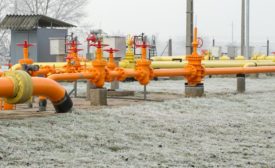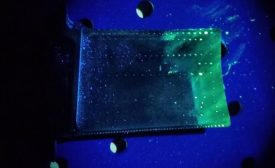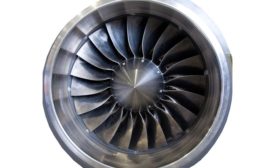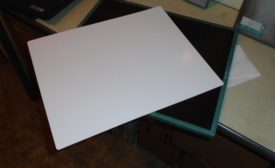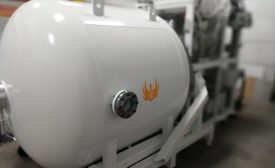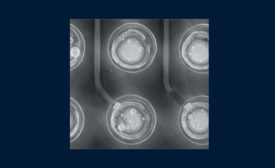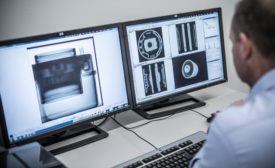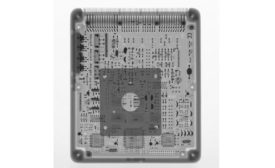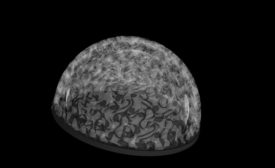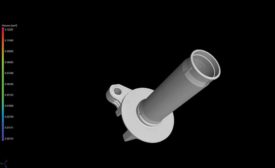Home » x-ray
Articles Tagged with ''x-ray''
NDT | Trends
Corrosion is complex, and mitigating and managing it is not a linear process.
Read More
Aerospace | NDT in Aerospace
NDT in Aerospace: Advancements in NDT Methods
As the Industry will Continue to Grow, so will Advancements in NDT Methods.
July 15, 2021
NDT | Radiography
Neutron Radiography and Turbine Blades
Neutron Radiography Works on the Same Basic Principles as X-Ray Imaging Except With Neutron Radiation Instead of X-Radiation.
June 8, 2021
NDT | Back 2 Basics
The Basics of Digital X-Ray Inspection
Conventional Radiography Will Continue to Have a Pace in NDT, but Digital Radiography is the Future
June 7, 2021
How Neutron Radiography Works
Modern technology is closing the technology and accessibility gap between N-ray and X-ray imaging.
November 30, 2020
NDT Trends
Remote Evaluation of Radiographic Images
Let’s examine the application of remote radiographic evaluation and the subsequent commercial benefits for business.
August 5, 2020
Nondestructive Inspection of Automotive Computers
As with the testing and evaluation of raw materials, controlling the quality of electronic devices is essential
April 8, 2020
How 3D Printing is Changing the Medical Device Field
Being able to manufacture these devices to conform to a patient’s anatomy is a game changer.
March 2, 2020
Computed Tomography: A Look Inside
CT is paving the way and creating opportunities.
August 8, 2019
Stay in the know with Quality’s comprehensive coverage of
the manufacturing and metrology industries.
eNewsletter | Website | eMagazine
JOIN TODAY!Copyright ©2025. All Rights Reserved BNP Media.
Design, CMS, Hosting & Web Development :: ePublishing
